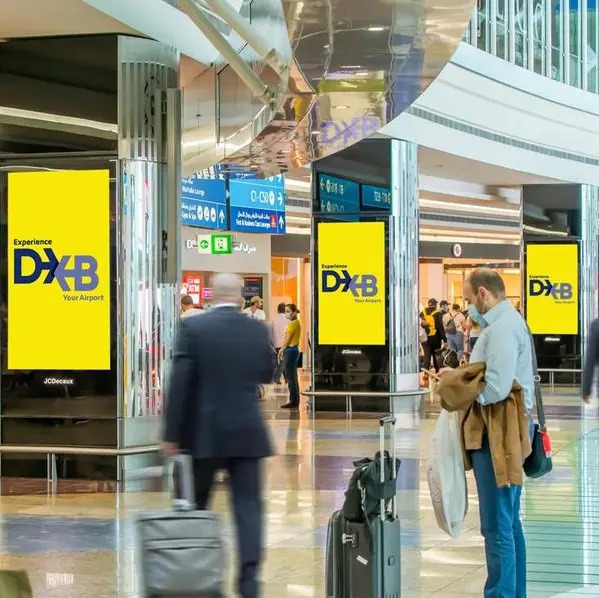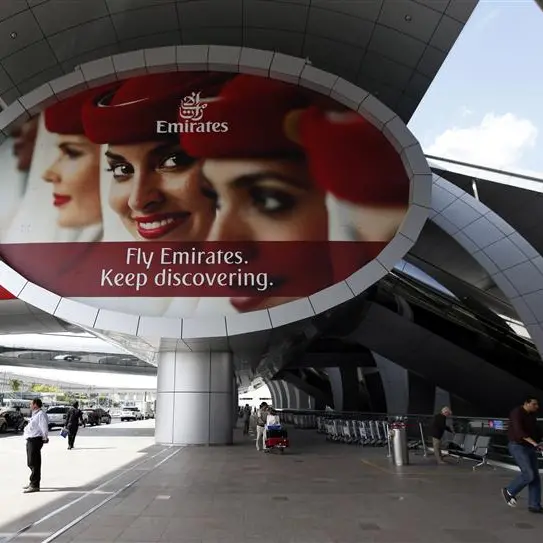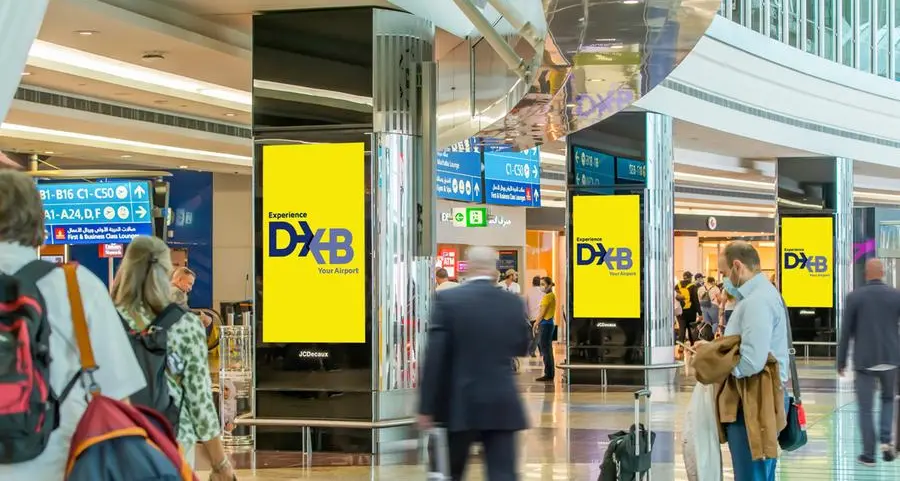Property developers in Dubai will get incentives to include ‘affordable’ homes in their product mix in central areas as part of a new government policy on affordable housing to be implemented next year, an official from the Dubai Land Department said.
Real estate analysts have been drawing attention to the affordable housing gap in the emirate for many years, highlighting the need for policies to encourage developers to cater to the middle- and low-income segments.
Property consultancy Cluttons said in its UAE Property Report last month that affordability remains a challenge for Dubai’s residential market, with household incomes strained by rising living costs, inflation levels over two percent, and the looming new VAT regime. Currently, affordable housing in the emirate is also limited to certain non-central districts such as International City and Discovery Gardens.
But the new government policy, expected to be enforced next year, has been designed to address the affordable housing shortage in the emirate, including the lack of supply in central locations with easy access to public transport.
“There is an affordable housing policy that was approved, and we are very soon going to start the implementation stage,” Mahmoud Hesham El Burai, CEO, Dubai Real Estate Institute Development, Dubai Land Department, told Thomson Reuters Projects in an interview last week.
United Arab Emirates (UAE) state news agency WAM said in March that the Dubai Executive Council had approved a low-income housing policy, aiming to provide housing units for low-income workers and renovate some old areas of the emirate, but no implementation timeframes or details were provided at the time.
El Burai said: “It (the policy) was presented in the Executive Council (of Dubai)...it’s about providing infrastructure to areas in Dubai where affordable housing can be serviced by transportation infrastructure, it’s about dealing with speculation, it’s about dealing with rental increases, it’s about giving incentives to developers to give affordable housing... hopefully beginning 2018, we will see the implementation.”
The official was speaking on the sidelines of the Urban Thinkers Campus, a brainstorming session focused on the future of cities.
El Burai also defined what the Land Department considers as ‘affordable’ housing, noting that urban planner definitions vary across and within cities globally.
“What we accept as a definition (of affordable) is people should not pay more than 30 percent of their income for housing,” he said.
“In Dubai, it’s 41 percent currently, which is a bit higher, but so many countries are higher than that. What we’re looking at is that as part of the DNA of urban planning, affordable housing should be added.”
Incentives to integrate affordable homes into ‘social fabric’
El Burai did not elaborate on specific incentives but said it could include land concessions and other benefits to encourage developers to include affordable units in their projects.
“For example, let’s say 10 to 20 percent of their (the developer’s) project (is) to be affordable, and for that they will get higher GFA (gross floor area) and more incentives,” he explained. “These are still to be given a mechanism for implementation but this is the lines of thinking.”
He added that the policy would help to ensure “disciplined growth in prices”.
“It’s (about) providing affordable housing, but at the same time dealing with speculation, to make sure that we don’t have speculators that raise prices high.”
El Burai said he believes “integrating affordability into the fabric and urban structure of the city” is the responsibility of both the government and the private sector.
Cluttons said in its report that average incomes remain at around 200,000 UAE dirhams per annum for expat households across the United Arab Emirates (UAE), based on the Ministry of Economy’s last income survey. With an average mortgage multiplier of three-to-four times annual income, the report said that most households would be hard pressed to purchase a “family home” for between 600,000 UAE dirhams to 800,000 UAE dirhams anywhere in Dubai.
“We have so much luxury, we need to divert attention now to affordable and middle-income (housing),” El Burai said. “And we need to look more at how we build the city, communities, social sustainability. We want to provide affordable housing within the fabric of the city, in areas where people don’t feel left out.”
El Burai said affordable accommodation in central areas will also help address the emirate’s heavy traffic challenges.
He explained: “Currently you’re talking about a big percentage of people living in Sharjah and other emirates, creating traffic and so on. So if we plan affordable housing within the centre of the city close to the infrastructure and transportation and so on, we will help the city to become more liveable, accessible and socially inclusive.”
The official did not clarify if the new policy would be implemented as part of a new law or existing legislation.
“It’s in the final stage of being policy,” he said. “It was discussed in the Executive Council and approved, so it’s now (about) the implementation.”
El Burai added that the policy was designed in consultation with several government departments, including Dubai Municipality, Dubai Land Department, and the Roads and Transport Authority.
Last week, Thomson Reuters Projects reported that the Land Department also plans to introduce a new rental index next year. The new rental bands will be based on additional factors including building quality – a move expected to impact property prices in Dubai.
For more data, analytics, tools and news on projects in the Middle East visit the Thomson Reuters Projects portal
© ZAWYA 2017











